2015 CEOs Who "Get It"
The National Safety Council recognizes nine leaders who demonstrate a personal commitment to worker safety and health


 |
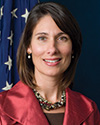
Deborah A.P. Hersman
President and CEO
National Safety Council
While this is my first opportunity to introduce CEOs Who “Get It” to our Safety+Health readers, the reason for the recognition is just as vital as it was more than a decade ago when the first class of CEOs was selected. We continue to recognize these individuals for their accomplishments because we know that strong safety cultures thrive in organizations where leaders take an active role.
At the 2014 NSC Congress & Expo, we asked visitors to the NSC booth to vote for their greatest safety challenge. The biggest challenge by far was leadership commitment and engaging employees (62 percent), followed by reducing risk (18 percent), safety management systems (11 percent) and measuring performance (9 percent). It takes effort and commitment to lead from the top, but employees will tell you that it makes a difference. So we remain committed to spotlighting success, sharing stories and hopefully inspiring others to step up to the challenge.
All of this year’s CEOs understand that building a safety culture in their organization starts with them – the choices they make, where they focus their efforts and the expectations they set for others. At Greenberry Industrial, employees notice that the safety director’s office is right next door to President and CEO Jason Pond. This is a physical reminder to every employee in the organization that safety is central to their success and not just a passing mention.
Does your CEO 'get it'?

The National Safety Council looks to recognize leaders whose actions demonstrate a personal commitment to worker safety and health. It doesn't matter if your organization has 50 employees or 50,000. If you believe your CEO should be recognized, submit a form telling us why.
These CEOs also put safety before profits. Many, such as Brad Childers, president and CEO of Exterran, empower employees to make the final call when it comes to their own safety. In person and through corporate communications, Childers encourages his employees to use their “Stop the Job” authority if they believe their safety is compromised.
If you are struggling to get your leadership to understand the importance of safety, I urge you to share this article with them. Also, pay attention to the advice each honoree gives on how to secure buy-in from the C-suite. Being a CEO Who “Gets It” doesn’t mean that safety comes easy, but it does mean these leaders are dedicated to safety for the long haul and committed to continuous improvement for both their organization and themselves.
Congratulations once again to this year’s honorees for their dedication and inspiration.
Deborah A.P. Hersman
President & CEO
National Safety Council
-
-
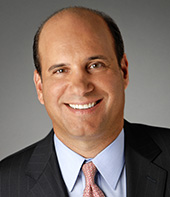 Michael S. Burke
Michael S. Burke
CEO
AECOM
-
-
-
 Brig. Gen. Robert F. Castellvi
Brig. Gen. Robert F. Castellvi
Commanding General
Marine Corps Installations East – Marine Corps Base Camp Lejeune
U.S. Marine Corps
-
-
-
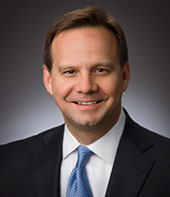 Brad Childers
Brad Childers
President and CEO
Exterran
-
-
-
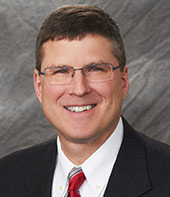 Roger Friede
Roger Friede
President
Friede & Associates
-
-
-
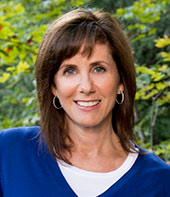 Kimberly J. Harris
Kimberly J. Harris
President and CEO
Puget Sound Energy
-
-
-
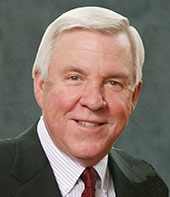 William “Bill” S. McIntyre IV
William “Bill” S. McIntyre IV
Chairman, Shareholder and Co-Founder
American Contractors Insurance Group
-
-
-
 James R. Miller
James R. Miller
President
Brown and Caldwell
-
-
-
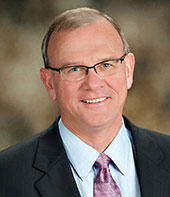 Randall A. Neuhaus
Randall A. Neuhaus
President and CEO
S&ME Inc.
-
-
-
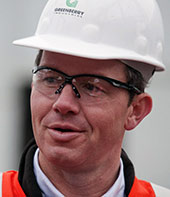 Jason Pond
Jason Pond
President and CEO
Greenberry Industrial
-
Post a comment to this article
Safety+Health welcomes comments that promote respectful dialogue. Please stay on topic. Comments that contain personal attacks, profanity or abusive language – or those aggressively promoting products or services – will be removed. We reserve the right to determine which comments violate our comment policy. (Anonymous comments are welcome; merely skip the “name” field in the comment box. An email address is required but will not be included with your comment.)

